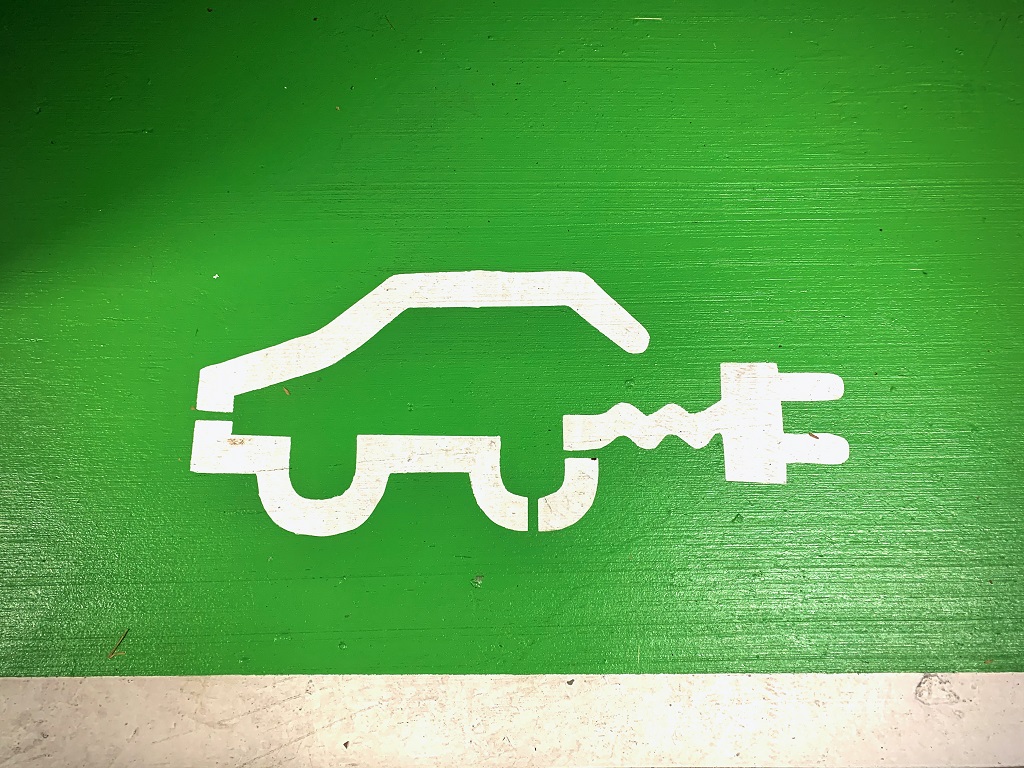It’s pretty clear that the future of mobility is electric. Governments across the world are moving to support EVs, and car manufacturers everywhere are also offering more hybrids and EVs than ever. So, if you’re considering switching to an EV and have no idea about them, read on and find out.
How EVs Work
EVs don’t have fuel tanks. They have on-board batteries that supply energy to an electric motor that moves the car. Like all batteries, they need to be charged through an electricity supply. There’s no need for the vehicle to have a clutch, gearbox, or an exhaust pipe because of the electric motor. This makes them much quieter and smoother to drive. Today, EVs can have a range of about 300 miles on a full charge.
Benefits
EVs are far better for the planet than conventional cars. They generate fewer emissions and are more efficient than them. 95% of the energy generated by an EV is put into motion compared to just 30% for a standard fuel-powered car. They’re cheaper to run as well because a full charge costs a lot less than a tank of gas. Fewer moving parts mean lower maintenance costs too. There are also federal and state incentives for those that buy EVs.
Types
There are currently three types of electric cars. The first type is the conventional hybrid, like the Toyota Prius. It has a conventional engine and an electric motor powered by a battery that recharges when brakes are applied. The second type is the plug-in hybrid that’s similar to a conventional hybrid but has a large battery pack that needs to be plugged in for charging. This hybrid can also be driven for a short distance on electric power alone. The third type is the fully electric vehicle. They only have an electric motor and a large battery pack.
Charging
It’s just like charging your phone. All you need to do is plug it into a charging point and leave it there. How fast it charges depends on the type of power supply. Slow charging takes about five hours, while fast charging has you ready to go in about one. And that covers the basics of EVs.









